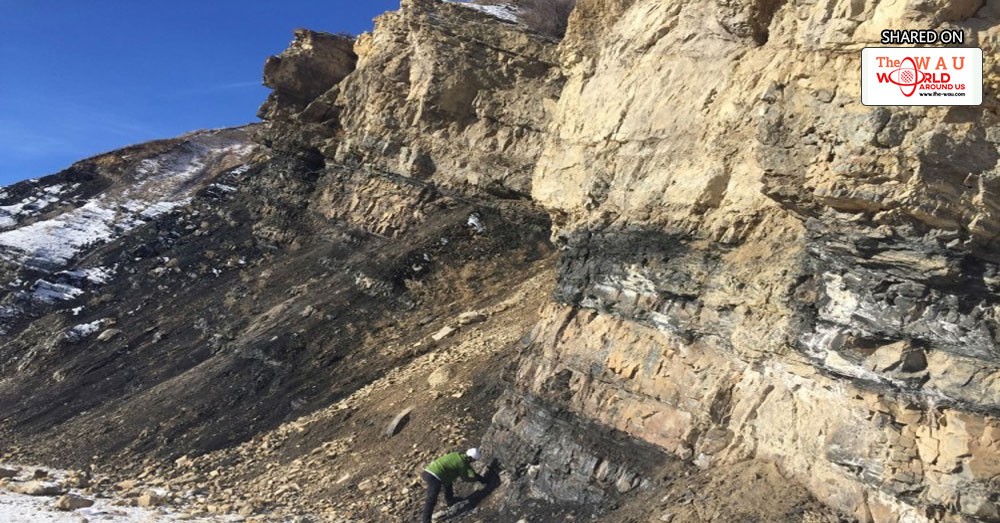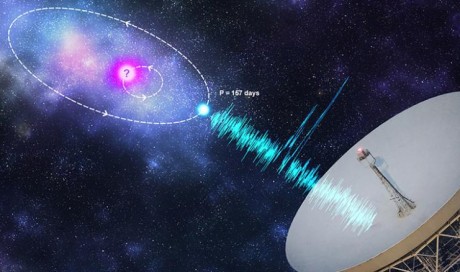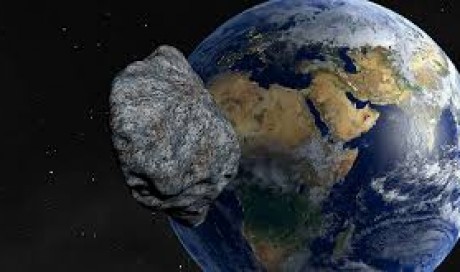As Earth’s oxygen levels rose to near-modern levels over the last 800 million years, phosphorus levels also increased, according to modeling led by the UW’s Michael Kipp and others. Accordingly, Kipp said, large phosphate deposits show up in abundance in the rock record at about this time. This is a Wyoming portion of The Phosphoria Formation, a deposit that stretches across several states in the western United States and is the largest source of phosphorus fertilizer in the country.
The photo shows layers of phosphorus that are 10s of meters thick, shales that contain high concentrations of organic carbon and phosphorus. Kipp said many such deposits are documented over time but are rare in the Precambrian era. “Thus, they might represent a conspicuous temporal record of limited phosphorus recycling.”Michael Kipp
The amount of biomass – life – in Earth’s ancient oceans may have been limited due to low recycling of the key nutrient phosphorus, according to new research by the University of Washington and the University of St. Andrews in Scotland.
The research, published online Nov. 22 in the journal Science Advances, also comments on the role of volcanism in supporting Earth’s early biosphere — and may even apply to the search for life on other worlds.
The paper’s lead author is Michael Kipp, a UW doctoral student in Earth and space sciences; coauthor is Eva Stüeken, a research fellow at the University of St. Andrews and former UW postdoctoral researcher. Roger Buick, UW professor of Earth and space sciences, advised the researchers.
Their aim, Kipp said, was to use theoretical modeling to study how ocean phosphorus levels have changed throughout Earth’s history.
“We were interested in phosphorus because it is thought to be the nutrient that limits the amount of life there is in the ocean, along with carbon and nitrogen,” said Kipp. “You change the relative amount of those and you change, basically, the amount of biological productivity.”
Kipp said their model shows the ability of phosphorus to be recycled in the ancient ocean “was much lower than today, maybe on the order of 10 times less.”
All life needs abundant food to thrive, and the chemical element phosphorus – which washes into the ocean from rivers as phosphate — is a key nutrient. Once in the ocean, phosphorus gets recycled several times as organisms such as plankton or eukaryotic algae that “eat” it are in turn consumed by other organisms.
“As these organisms use the phosphorus, they in turn get grazed upon, or they die and other bacteria decompose their organic matter,” said Kipp, “and they release some of that phosphorus back into the ocean. It actually cycles through several times,” allowing the liberated phosphorus to build up in the ocean. The amount of recycling is a key control on the amount of total phosphorus in the ocean, which in turn supports life.
Buick explained: “Every gardener knows that their plants grow only small and scraggly without phosphate fertilizer. The same applies for photosynthetic life in the oceans, where the phosphate ‘fertilizer’ comes largely from phosphorus liberated by the degradation of dead plankton.”
But all of this requires oxygen. In today’s oxygen-rich oceans, nearly all phosphorus gets recycled in this way and little falls to the ocean floor.
Several billion years ago, in the Precambrian era, however, there was little or no oxygen in the environment.
“There are some alternatives to oxygen that certain bacteria could use, said co-author Stüeken. “Some bacteria can digest food using sulfate. Others use iron oxides.” Sulfate, she said, was the most important control on phosphorus recycling in the Precambrian era.
“Our analysis shows that these alternative pathways were the dominant route of phosphorus recycling in the Precambrian, when oxygen was very low,” Stüeken said. “However, they are much less effective than digestion with oxygen, meaning that only a smaller amount of biomass could be digested. As a consequence, much less phosphorus would have been recycled, and therefore total biological productivity would have been suppressed relative to today.”
Kipp likened early Earth’s low-oxygen ocean to a kind of “canned” environment, with oxygen sealed out: “It’s a closed system. If you go back to the early Precambrian oceans, there’s not very much going on in terms of biological activity.”
Stüeken noted that volcanoes were the biggest source of sulfate in the Precambrian, unlike now, and so they were necessary for sustaining a significant biosphere by enabling phosphorus recycling.
In fact, minus such volcanic sulfate, Stüeken said, Earth’s biosphere would have been very small, and may not have survived over billions of years. The findings, then, illustrate “how strongly life is tied to fundamental geological processes such as volcanism on the early Earth,” she said.
Kipp and Stüeken’s modeling may have implications as well for the search for life beyond Earth.
Astronomers will use upcoming ground- and space-based telescopes such as the James Webb Space Telescope, set for launch in 2019, to look for the impact of a marine biosphere, as Earth has, on a planet’s atmosphere. But low phosphorus, the researchers say, could cause an inhabited world to appear uninhabited — making a sort of “false negative.”
Kipp said, “If there is less life — basically, less photosynthetic output — it’s harder to accumulate atmospheric oxygen than if you had modern phosphorus levels and production rates. This could mean that some planets might appear to be uninhabited due to their lack of oxygen, but in reality they have biospheres that are limited in extent due to low phosphorus availability.
”These ‘false negatives’ are one of the biggest challenges facing us in the search for life elsewhere,” said Victoria Meadows, UW astronomy professor and principal investigator for the NASA Astrobiology Institute’s Virtual Planetary Laboratory, based at the UW.
“But research on early Earth’s environments increases our chance of success by revealing processes and planetary properties that guide our search for life on nearby exoplanets.”
The work was funded by grants from NASA and the National Science Foundation.
Share This Post















